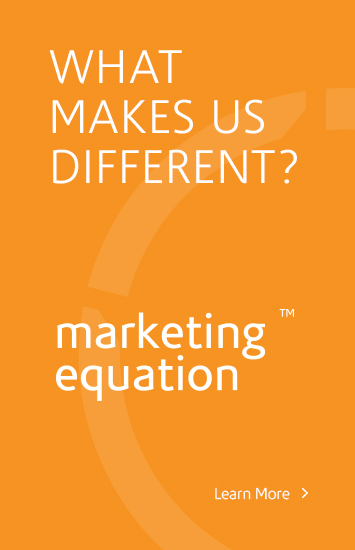May 6, 2010
No Comments
Why Users Scan
We have been trained from early on in our lives to learn how to SCAN. Scanning is the art of quickly moving your eyes around to find something that peaks your interest, or as some say “Catches Your Eye”. From magazines, newspapers, books, street signs, supermarket signs and other forms of directions we as humans have to navigate things with our eyes.
- We are good at it
- We are always in a hurry
- We don’t need to read everything

Satisficing
You may think that you want to present as much information to your users so they can make intelligent decisions. The fact that users scan and do it very good, also limits the comprehensive decision making process. An important principle to remember in how users will actually use your website is that they do not rationally weigh all of the options placed before them. Due to making quick judgements users are also not upset if they make a wrong choice by clicking the wrong link or button. It only takes milliseconds to click the back button and start over again, there is not a pop up box that says “You Messed Up”. This is another reason it is very important for your webpages to load quickly because if a user does make a mistake and has to click back, it will then be your fault as the website owner if the page takes a long time to load. So there is no penalty in making quick decisions when using a website and it is more fun for users to guess where they are going to go when clicking, instead of rolling it over in their minds of where they are going to go. Links should be self-explanatory in the first place so users do not think it should be their job to decipher where they should be taken.Using Without Understanding
As humans we use a lot of things day to day without really knowing how they work. We drive cars, use washing machines, T.V’s, computers, the internet and of course websites on the internet. Internet users use websites all of time without knowing how they work. I know sometimes I have said to myself “Why would someone type in a web address into Google instead of their browser?” Yet when looking at analytics of websites over and over you constantly see in the keywords sections of some sites their domain. This is one of the many proofs that support the fact that users do not completely understand how websites work and how the internet works. The common answer you will hear is, “Who cares how the internet actually works, I just want to use it”. The same goes for websites, users will use your website without really knowing how it works. They do not care what language it is written in, what you used to build it, what the designer had to do to design it, they just want to use it.Instructional Web Design
Since there are no instructions that come to a user on how you would like them to use your website, your website has to be the instruction manual. Your website must offer clear concise directions of what the user can do, why they should do it, when they should do it, what they can expect from using it etc.
We all know people do not like to read directions or instructions, that is why websites should not look like instructions with lots of text. They should be simple 1, 2, 3, 4, 5 type of instructions with clear titles, clearly marked links, clearly marked buttons and more.

